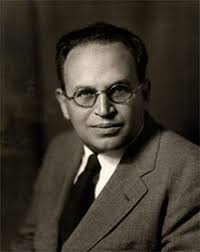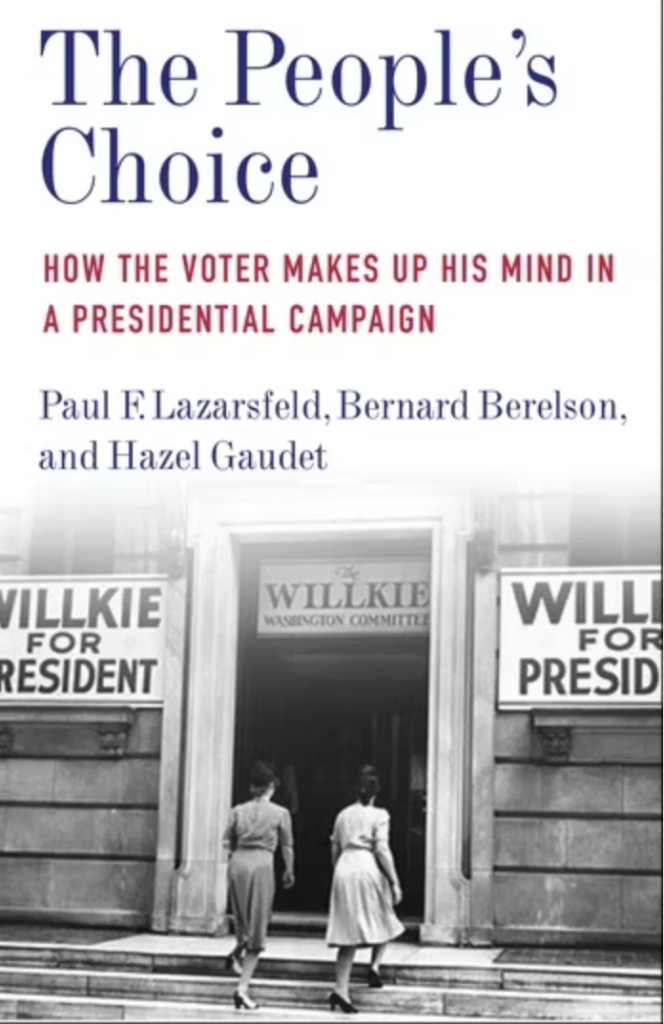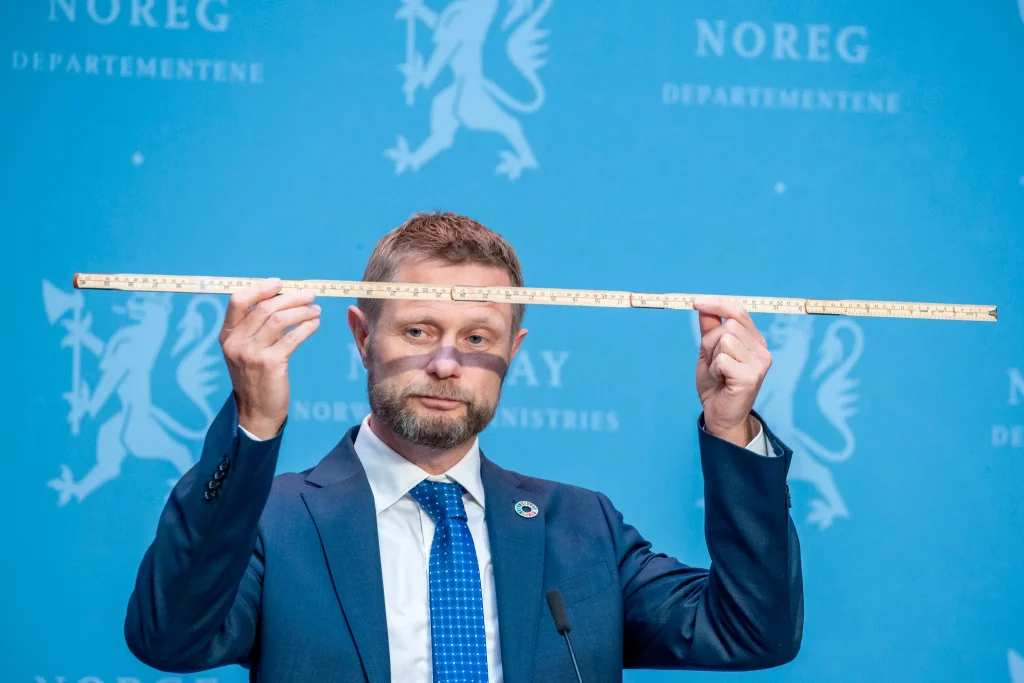The two-step model of communication is a concept that was developed by sociologists Paul Lazarsfeld and Elihu Katz in the 1940s and 1950s. The model explains how information and media influence people’s opinions and decisions. It suggests that media messages donŌĆÖt directly reach the larger audience; instead, they pass through a two-step process (Durham & Kellner, 2006). The two-step flow consists of two steps.

Step 1 – Media to Opinion Leaders
The media reaches opinion leaders through mass media such as TV, radio, newspapers, and social media. Opinion leaders are individuals who are actively engaged with the media, have a deeper understanding of certain issues, and hold respected positions within their social groups (Durham & Kellner, 2006).
Step 2 – Opinion Leaders to the masses
Opinion leaders transmitting the media’s message to the public through discussions or personal influence, where they filter, interpret, or reframe the media message before it reaches others (Durham & Kellner, 2006).
Opinion laders role
Opinion leaders are the key terms for this to work. With them getting the information they can filter and interpret information, modify messages based on their knowledge and perspective, and build trust because people see them as knowledgeable and credible in their area of expertise or social circle. Additionally, they act as intermediaries between the media and the general public, making complex issues more understandable for others. The characteristics of opinion leaders are being socially active, knowledgeable, and influential. The characteristics of opinion leaders are being socially active, knowledgeable, and influential (Hunt & Gruszczynski, 2023)
Backkground of the study
Lazarsfeld and Katz explained their findings in their book “The People’s Choice,” where they revealed the results of the 1940 USA election. They discovered that the majority of voters obtained information about the election not directly from the media, but from others who had read newspapers about the campaign (Perera, 2024)



How is it used today
In today’s society, we can connect this concept to various fields such as politics, marketing, and healthcare. For example, a when a brand launches a new product, people might be more inclined to purchase it if it’s recommended by an influencer they follow, rather than directly from the brand itself. In this scenario, brands such as Maybelline will collaborate with makeup influencer Erin Rose to promote their new collection. Erin Rose, as an opinion leader, will showcase the new makeup to her 250,000 followers.
Also, If we look during the 2020 COVID-19 pandemic, there was a lot of research and new ways to handle this period. Instead of getting all of this information from research facilities, we got it from government spokespeople so that it could reach and be trusted by as many people as possible.

Critics
Some critics argue that the theory oversimplifies the relationship between media and audiences. They believe that it acknowledges the role of opinion leaders but underplays the direct impact of media messages on individuals. They also think that it underestimates the significance of direct exposure to media messages. In today’s media-rich environment, individuals often come across media content directly, which can influence them. It’s not clear whether opinion leaders are influenced by media messages themselves, or if their attitudes and beliefs preexist, leading them to interpret media in a specific way (StudyMassCom, n.d.).
Sources:
Durham, M.G. and Kellner, D.M. (eds.) (2006) Media and cultural studies: keyworks. Revised edition. Malden, Mass.: Blackwell Publishing.
Perera, A (2024) Two-step flow theory of communication. Available at: https://www.simplypsychology.org/two-step-flow-theory-of-communication.html (Accessed: 14 October 2024).
StudyMassCom (n.d.) Two-step flow theory: Strengths and weaknesses. Available at: https://studymasscom.com/communication/two-step-flow-theory-strengths-and-weaknesses/#faqs (Accessed: 14 October 2024).
Hunt, K. and Gruszczynski, M. (2023) ŌĆśŌĆ£HorizontalŌĆØ Two-Step Flow: The Role of Opinion Leaders in Directing Attention to Social Movements in Decentralized Information EnvironmentsŌĆÖ, Mass Communication and Society, 27(2), pp. 230ŌĆō253. doi: 10.1080/15205436.2023.2167663.

I like the explanation and the examples, which help me understand the theory better. Connecting the two-step flow theory to how it is used today is interesting, especially the example of how branding works in today’s society, such as Maybelline. I have seen Maybelline promoting on my TikTok, showing how influencers reach a broad audience, and I have to say how they promote the product seems appealing. I also like how visually appealing your article is with the pictures you have used.
I really liked how you explained the Two-step flow theory and provided examples that illustrate its use in today’s world. The use of social media, particularly TikTok, and how governments communicated information about COVID-19 are clear examples of this theory in action, effectively delivering information to the masses. I also really liked your discussion of opposing viewpoints, which adds depth to your blog.
One suggestion for improvement would be to expand on how individuals with biases might deliberately alter messages for their audiences. This is a significant issue that you touched on briefly at the end. Overall, well done!